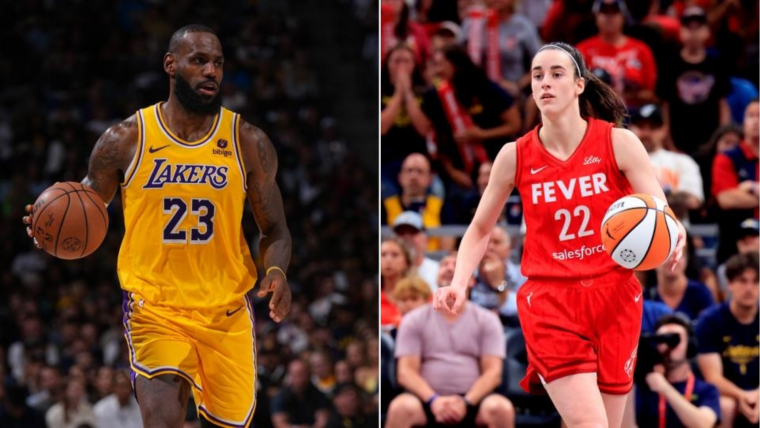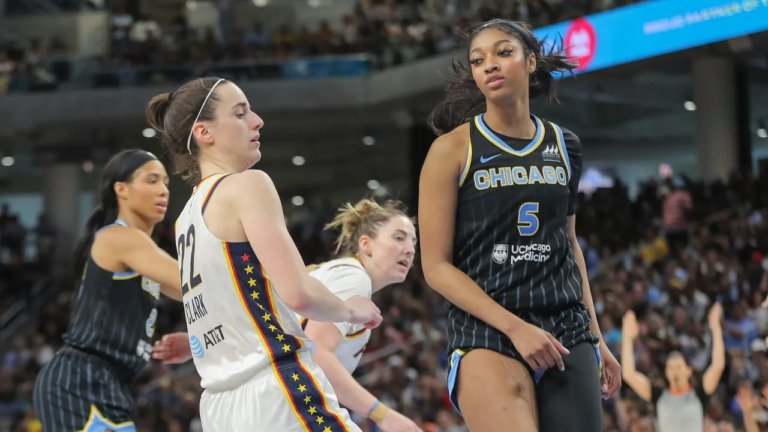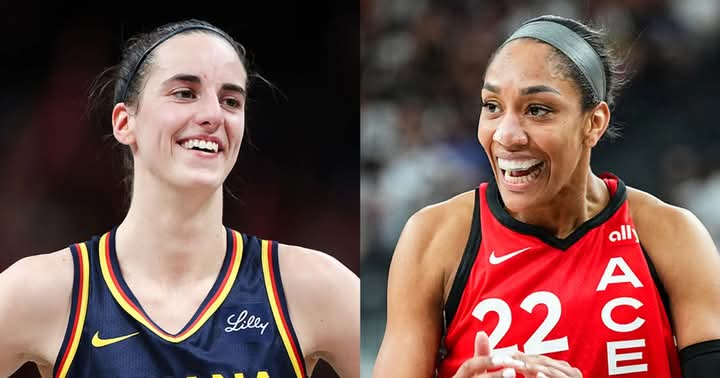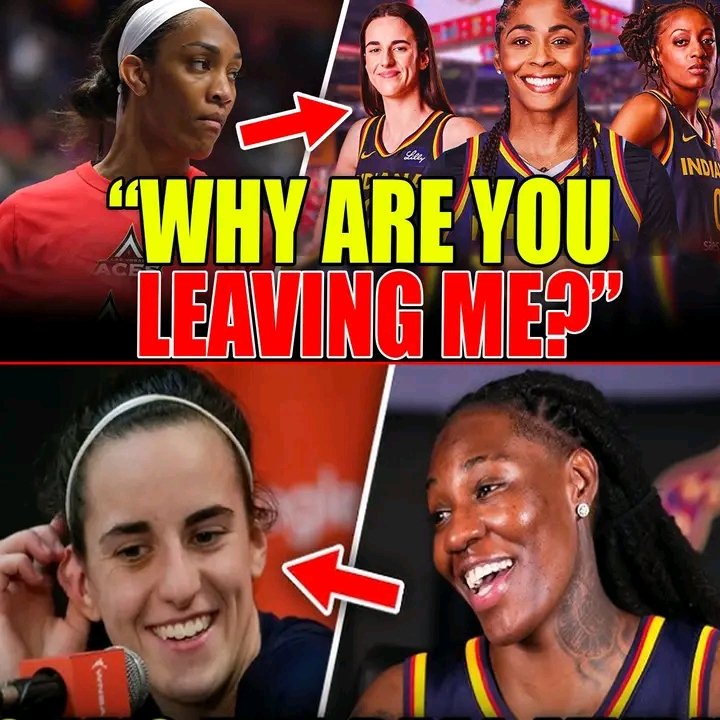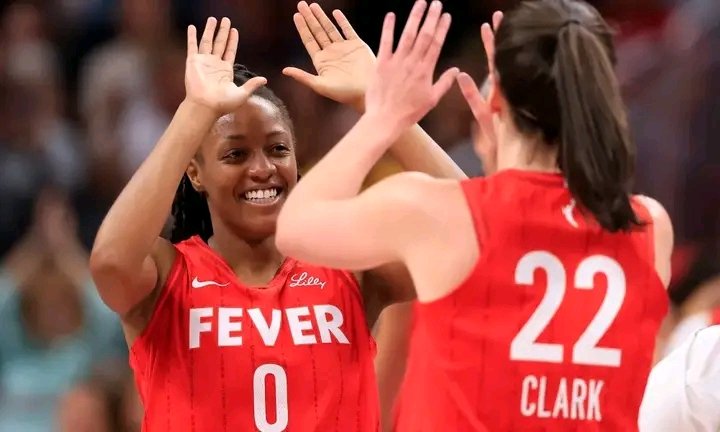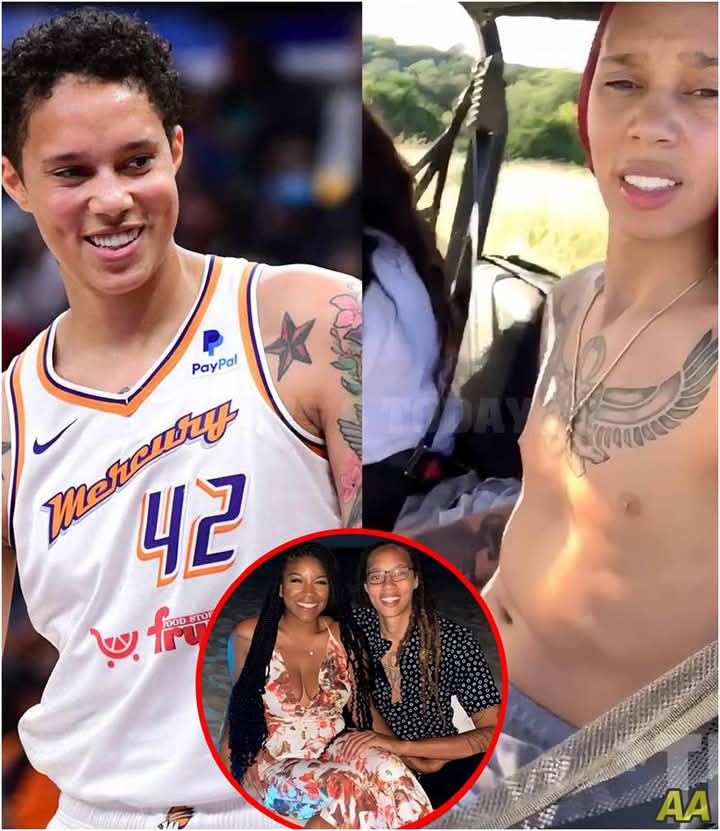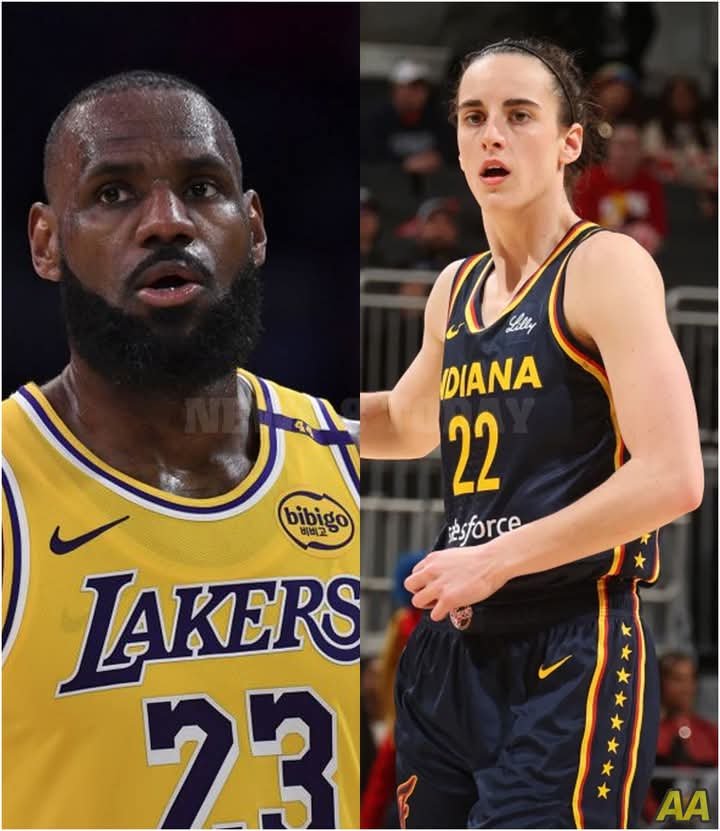
The phenomenon known as the “Caitlin Clark effect” has undeniably transformed women’s basketball, leading to unprecedented viewership, attendance, and merchandise sales during the 2024 WNBA season. Despite this, Clark’s pursuit of a league championship was thwarted when her team, the Indiana Fever, fell to the Connecticut Sun in a two-game playoff sweep, abruptly concluding her record-breaking rookie campaign.
This incident has unfolded within a complicated narrative intertwined with race. In the series opener, Sun guard DiJonai Carrington inadvertently struck Clark in the eye while attempting to block her shot. The following day, USA Today columnist Christine Brennan recorded an exchange with Carrington, where she probed whether the incident was intentional. Although Carrington denied any intent to harm Clark, Brennan continued to question her about laughing with a teammate over the incident, igniting a firestorm of outrage across social media and prompting statements from the players’ union and the league.
As a veteran sports journalist and a scholar of women’s sports, I recognize that Brennan’s line of inquiry might seem typical in the sports journalism realm. After all, it’s not uncommon for reporters to inquire whether a player intentionally injured another. However, the context surrounding this incident is crucial. The emergence of a young white star from the Midwest has polarized new WNBA fans along racial lines. Critics argue that Brennan’s questioning perpetuates harmful stereotypes about Black athletes being aggressive and reckless, casting a shadow over her otherwise esteemed career.
Since the WNBA’s inception in 1997, following the success of the 1996 Olympic gold medal-winning U.S. women’s basketball team, the league has struggled to connect with its intended audience. Although initially marketed to a predominantly white, heterosexual fan base, the WNBA has become a league rich in diversity. In 2020, the Women’s National Basketball Players Association reported that 83% of its members were people of color, with a significant number identifying as LGBTQ+. The league’s diversity gained national attention as players advocated for social justice issues during the pandemic.
As the WNBA garners greater attention, the demographic shift in its fanbase has led to an increase in racial tensions, particularly evident in the wake of Clark’s rise. Following the Fever’s playoff elimination, All-WNBA forward Alyssa Thomas voiced her astonishment at experiencing racial slurs directed at her by Indiana Fever fans, highlighting the disheartening reality of racism in the league.
Brennan’s coverage of the Carrington-Clark incident resonates with historical media patterns that often rely on racial stereotypes. Similar to the coverage of NBA legends Magic Johnson and Larry Bird in the 1980s, who were often framed as representations of their respective races, Brennan’s approach risked reinforcing harmful narratives surrounding Black athletes. While her intentions may have been to seek clarity, the persistence in her questioning suggested an insensitivity to the racial dynamics at play.
Despite her impactful contributions to women’s sports journalism, Brennan’s handling of this incident exposes a blind spot regarding the racism that continues to affect Black athletes. This situation underscores the importance of acknowledging and addressing these narratives to foster a more equitable sporting environment.

